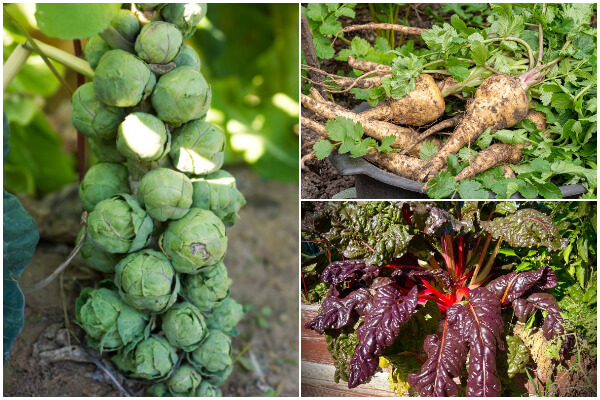Winter gardening is a rewarding endeavor that allows you to enjoy fresh, homegrown produce even as the temperatures drop. With the right preparation and plant choices, you can cultivate a thriving winter vegetable garden that brings delicious, nutritious crops to your table. Here are ten easy-to-grow winter vegetables, along with detailed planting and care tips to ensure success.
1. Kale
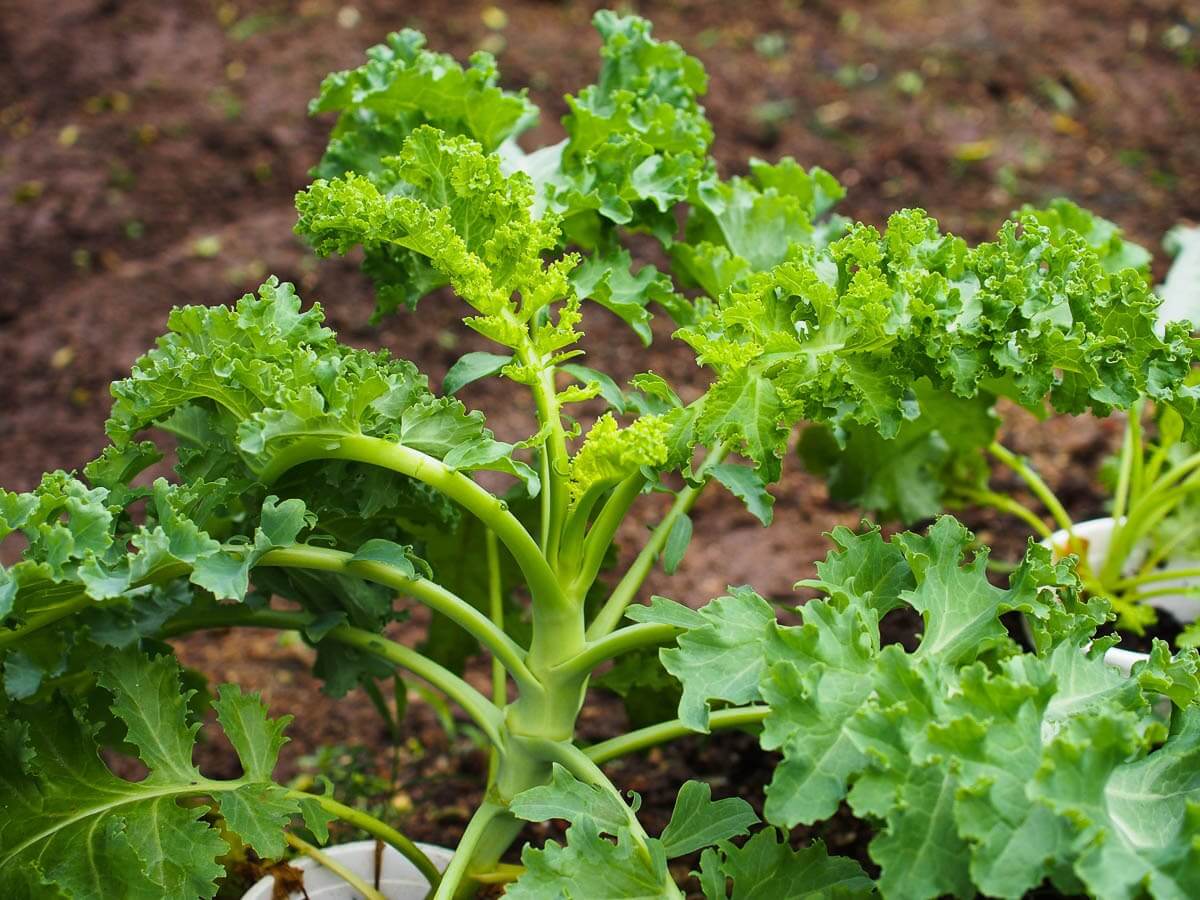
Kale is one of the hardiest leafy greens, thriving in cold weather and often tasting sweeter after a frost. It is rich in vitamins A, C, and K, and is versatile in soups, salads, and smoothies.
Sow seeds in late summer or early fall, spacing them 12-18 inches apart in nutrient-rich, well-drained soil. Mulch heavily to retain moisture and protect the roots from extreme cold. Harvest leaves from the bottom of the plant as needed.
2. Spinach
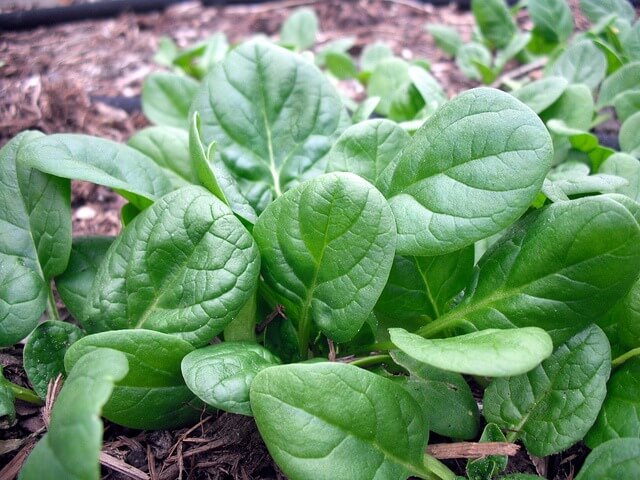
Spinach is a fast-growing green that thrives in cooler temperatures, producing tender, flavorful leaves ideal for salads, sautés, and more.
Plant seeds 6-8 weeks before the first frost, spacing them 2-4 inches apart. Spinach prefers well-drained soil with a pH between 6.0 and 7.5. Cover the plants with row covers to protect them from frost and pests. Harvest individual leaves regularly to encourage continuous growth.
3. Carrots
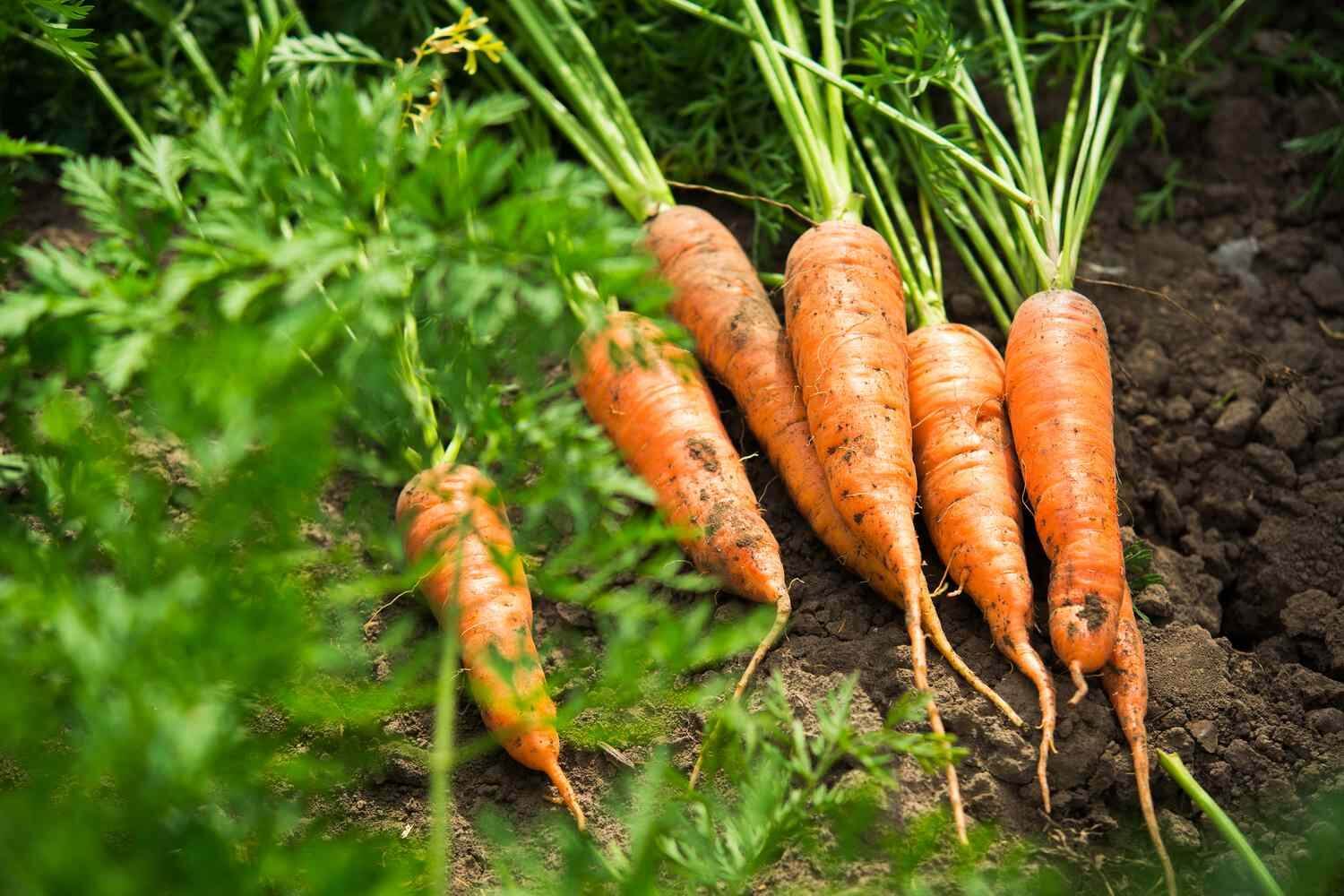
Carrots are root vegetables that develop their sweetest flavor when grown in cold weather. They are excellent for snacking, roasting, and juicing.
Sow seeds directly into loose, well-drained soil in late summer. Thin seedlings to 2-3 inches apart to allow space for root development. Mulch the soil to insulate the roots and prevent freezing. Leave carrots in the ground until you’re ready to harvest—they store well in cold soil.
4. Brussels Sprouts
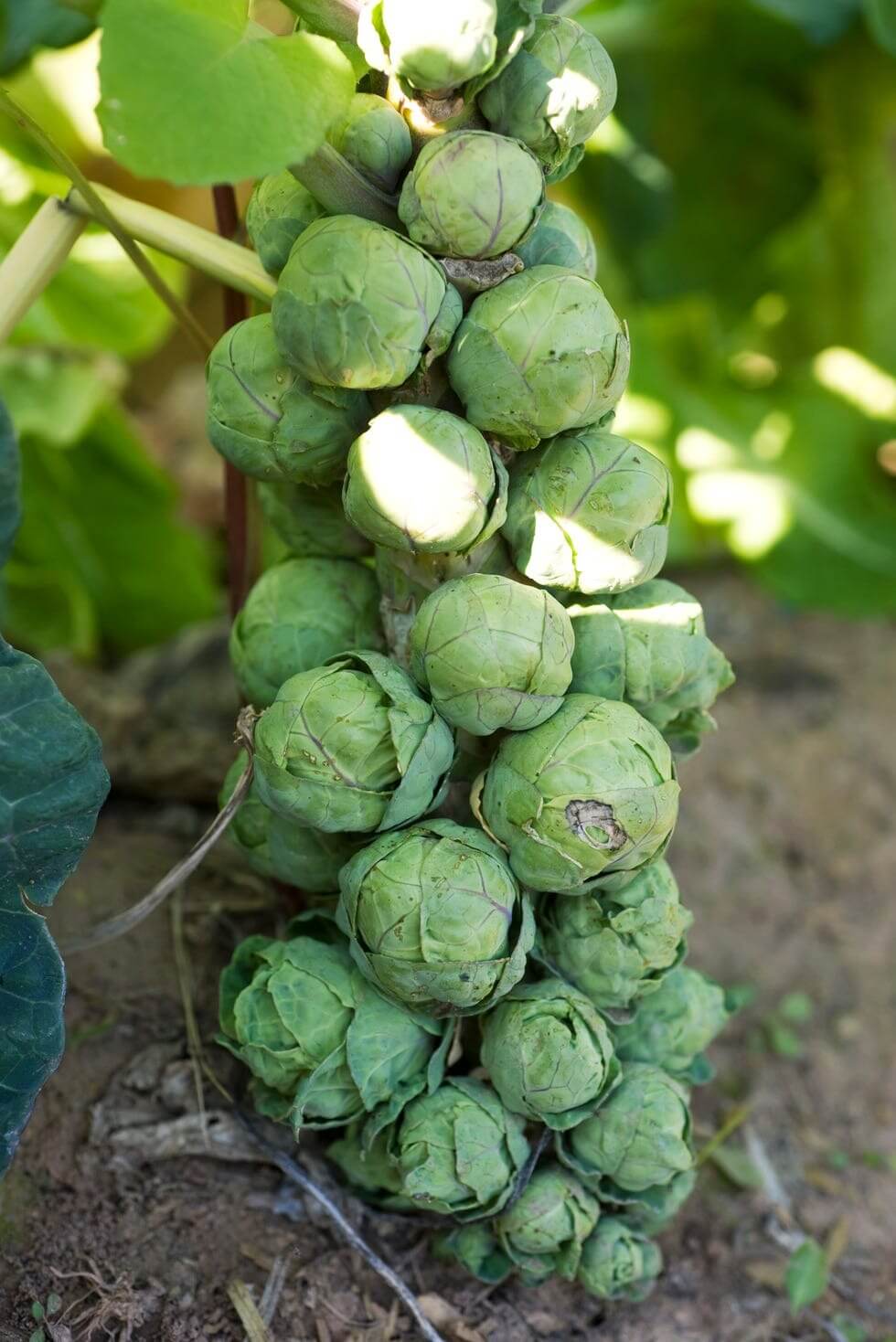
These mini cabbages improve in taste and sweetness after exposure to frost. They’re a classic winter vegetable that pairs well with roasted dishes.
Start seeds indoors in mid-summer and transplant seedlings into the garden in late summer or early fall. Space plants 18-24 inches apart. Stake the plants to support their height and mulch the soil to conserve moisture. Harvest sprouts from the bottom of the stalk upward as they mature.
5. Leeks

Leeks are robust and versatile, adding a mild onion-like flavor to soups, stews, and casseroles. They can be harvested throughout the winter.
Plant leek seedlings in late summer. Hill soil around the base of the plants to blanch the stems and produce tender stalks. Mulch heavily to protect them from freezing temperatures. Harvest as needed, starting with the largest plants.
6. Garlic
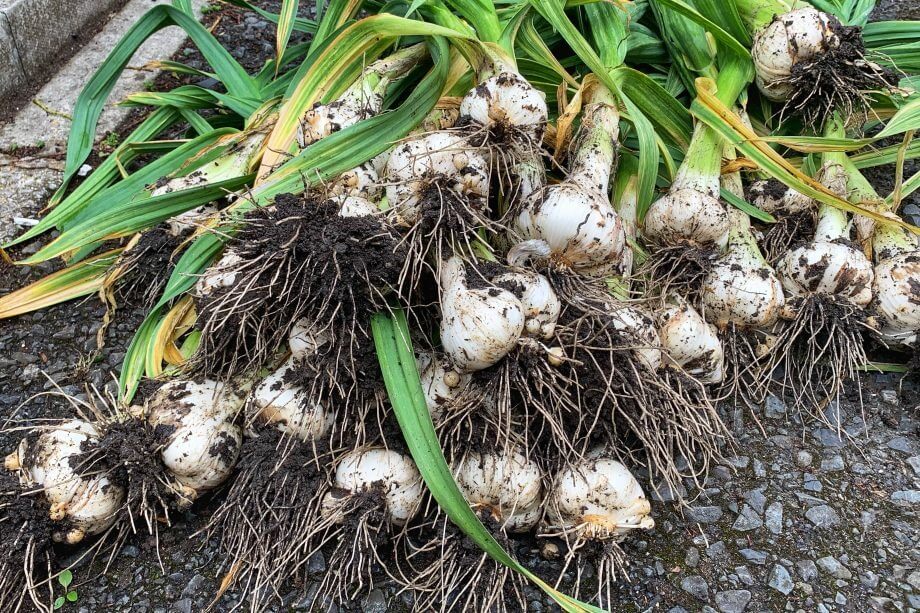
Garlic is easy to plant and thrives over the winter, producing a bountiful harvest in summer. Its cloves are a staple ingredient in countless dishes.
Plant individual cloves in well-drained soil with the pointed end up, spacing them 4-6 inches apart. Cover with 2-4 inches of mulch to insulate the cloves. Garlic requires minimal maintenance and can tolerate extreme cold. Harvest when the tops begin to yellow in early summer.
7. Beets
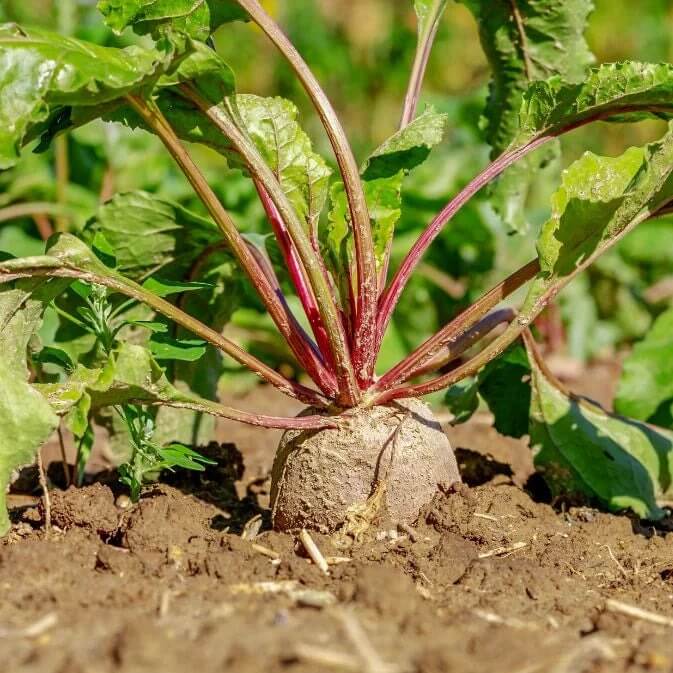
Beets are resilient root vegetables that can be harvested even after the soil has frozen. Both the roots and the greens are edible and nutritious.
Sow seeds in early fall, spacing them 3-4 inches apart in well-drained soil. Thin seedlings to allow ample room for root development. Mulch the soil to moderate temperature and retain moisture. Harvest roots when they reach your desired size.
8. Swiss Chard
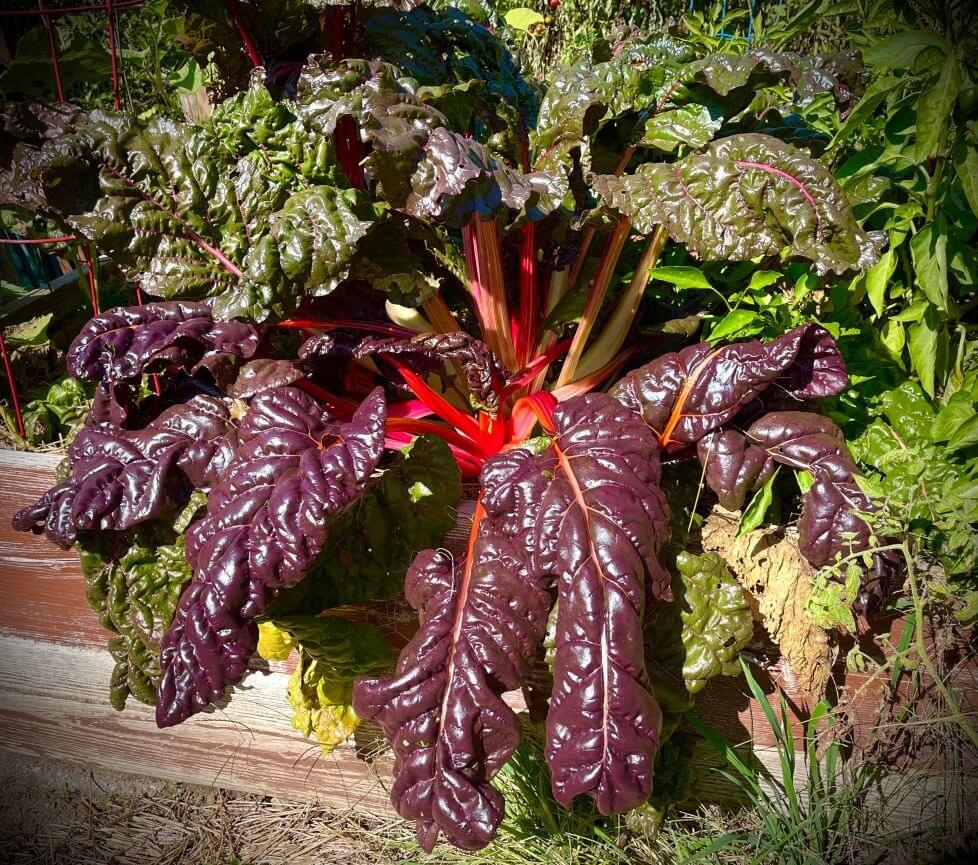
This colorful, nutrient-rich green tolerates light frosts and provides a continuous harvest of tender leaves throughout winter.
Plant seeds in late summer. Space plants 6-12 inches apart in fertile, well-drained soil. Harvest outer leaves regularly to encourage new growth. Use row covers to protect against heavy frost.
9. Parsnips
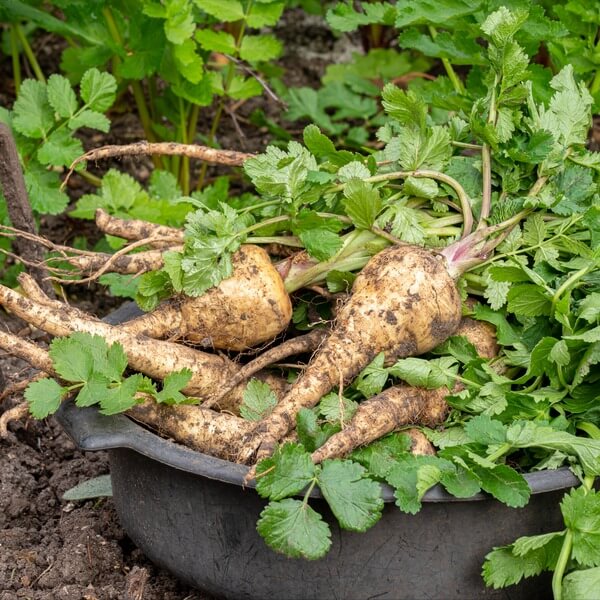
Parsnips develop a sweeter flavor when exposed to frost, making them a delightful addition to roasted vegetable dishes and soups.
Sow seeds in late spring to early summer. Leave parsnips in the ground throughout the winter, harvesting as needed. Ensure the soil is loose and well-drained to prevent the roots from becoming misshapen.
10. Cabbage
 Cabbage is a versatile, cold-tolerant vegetable that stores well and is perfect for soups, stir-fries, and salads.
Cabbage is a versatile, cold-tolerant vegetable that stores well and is perfect for soups, stir-fries, and salads.
Start seeds indoors in mid-summer and transplant seedlings into the garden in late summer. Space plants 12-24 inches apart, depending on the variety. Use mulch to protect the roots and frost covers in extreme cold. Harvest heads when they are firm and fully formed.
Tips for Winter Gardening
Winter gardening can be a rewarding experience if you take the right steps to prepare and protect your plants. Follow these essential tips to ensure a thriving garden even in the colder months:
- Soil Preparation
Before planting your winter garden, enrich the soil by incorporating nutrient-rich compost or well-rotted manure. These organic materials not only supply essential nutrients but also improve the soil’s structure, helping it retain moisture and support root development during the colder season. Healthy soil sets the foundation for robust plant growth and ensures better yields despite the challenges of winter weather. - Mulching for Insulation
Applying a thick layer of mulch is one of the most effective ways to insulate your garden soil during winter. Mulch acts as a protective blanket, regulating soil temperature, retaining essential moisture, and preventing roots from freezing. Organic options like straw, shredded leaves, or bark are particularly effective. Mulching also helps suppress weeds, reducing competition for nutrients during the growing season. - Frost Protection Measures
Shielding your plants from extreme cold is critical for winter gardening success. Utilize row covers, cold frames, or cloches to create a barrier against frost and icy winds. These protective structures trap heat and extend the growing season by maintaining a warmer microclimate for your crops. This is especially vital for tender vegetables like lettuce, spinach, and herbs that are vulnerable to frost damage. - Succession Planting for Continuous Harvests
To enjoy fresh produce throughout the winter, adopt the practice of succession planting. By staggering planting times for your crops, you can ensure a steady harvest over several weeks. Choose winter-hardy vegetables such as kale, broccoli, and carrots, and plant them in intervals. This strategy not only maximizes your garden’s productivity but also keeps your table supplied with nutrient-dense, homegrown food all season long.
By selecting these hardy, easy-to-grow winter vegetables and following these tips, you can enjoy a productive garden even in the coldest months. Winter gardening not only provides fresh produce but also keeps your gardening spirit alive year-round.

